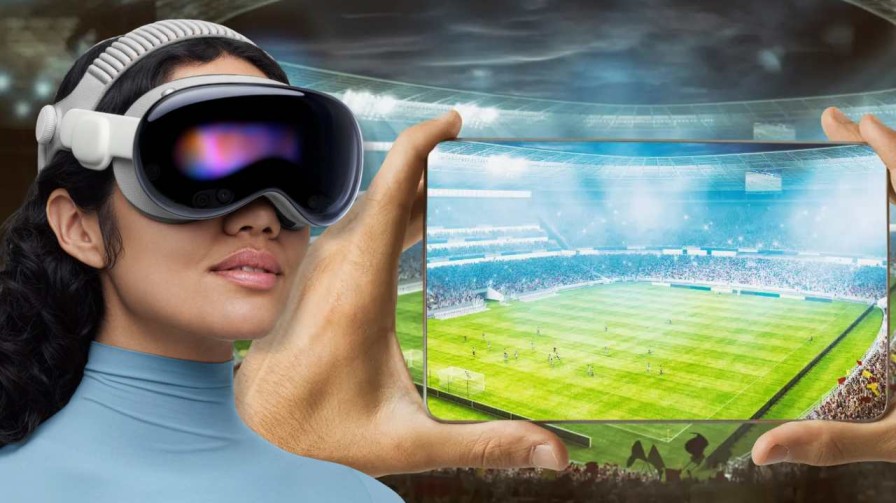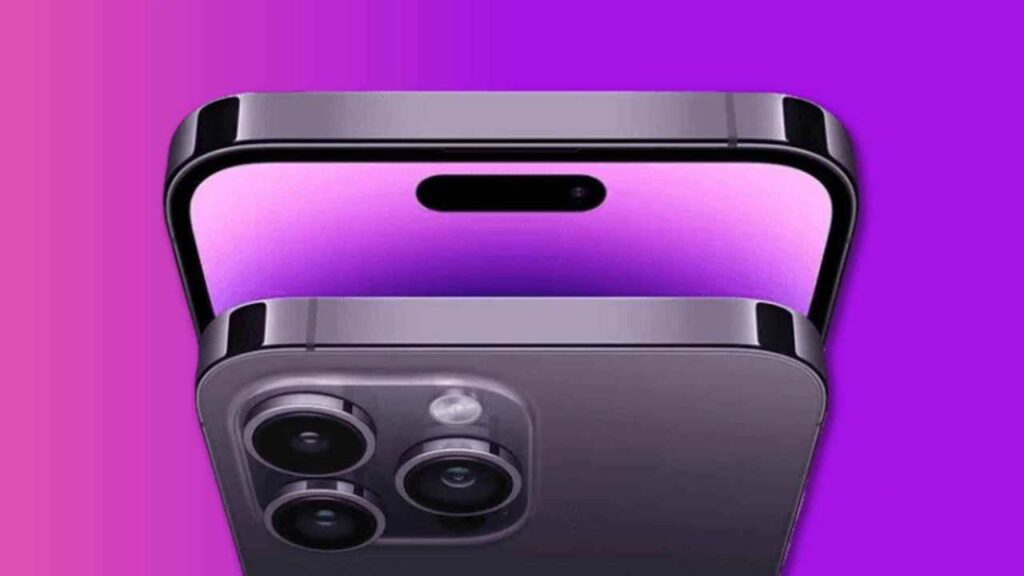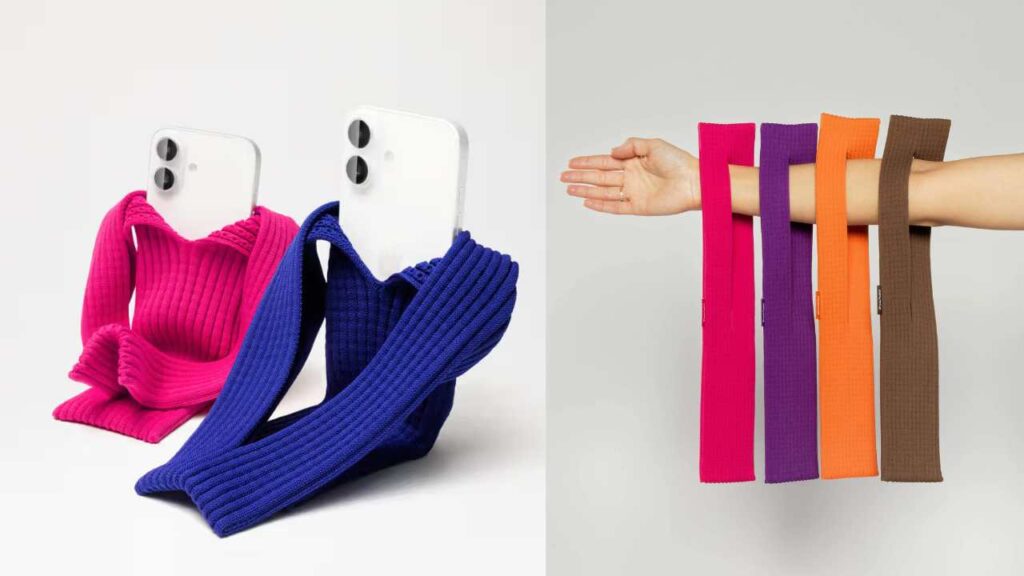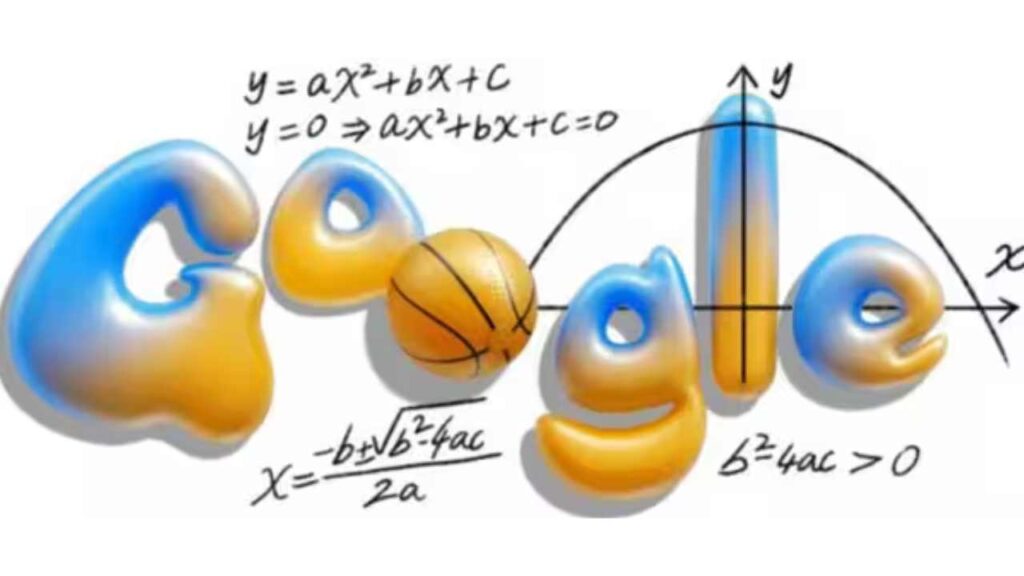Apple may ditch the distinctive two-tone rear finish found on recent Pro models. When it releases the iPhone 18 Pro in 2026. Leaked information suggests the company plans to use a new glass-processing technique. That blends the rear panel and frame more seamlessly, eliminating the visible contrast between materials. Reports indicate that the iPhone 17 Pro and its Max sibling feature an aluminium frame paired with a glass back section. While colour-matched still shows a subtle difference in texture and tone. With the 18 Pro, Apple aims to smooth that transition. Matching the appearance of the glass and metal so closely that the finish appears uniform. The change comes to address aesthetic critiques that the two-tone design looked more like a manufacturing necessity than a style choice.
Early leaks also mention that Apple engineers are experimenting with three new colour options for the upcoming Pro line: coffee, purple and burgundy. These additions may support the new rear-glass process and allow Apple to refine how finishes behave under different lighting conditions. The same leak source claims Apple tested a “slightly transparent” back glass during development. Though it remains unclear whether that feature will reach production.
Despite the buzz, some caveats remain. The leak comes from a Chinese social-media platform known for fast-spread tech rumours. Means the information may not reflect final design decisions. Historically such sources have been accurate but still require cautious interpretation. Additionally, Apple tends to iterate its designs late in the process, so what appears in early leaks may still change before launch.
This potential shift aligns with Apple broader move toward minimalist design. Recent years have seen the company favour continuity in materials, refined finishes and fewer visual interruptions. If the two-tone rear finish disappears, it could signal a renewed emphasis on surface unity and premium feel rather than dramatic materials contrast. Such a change might appeal to users who found the previous design somewhat polarisin stylish to some, but less cohesive to others.
For Apple customers in India, a uniform rear finish may offer subtle appeal. Fewer visual distractions, wrapped in the same high-end hardware and software experience. The shift may not affect performance or features, but it does reflect how design perception continues to shape the premium smartphone market. With rivals pushing bold aesthetics and big innovations. Apple quieter refinement of form may serve as a reminder that design evolution does not always mean bigger changes. In short, iPhone 18 Pro may bring less visual contrast and more material harmony. It could mark a notable moment in Apple design strategy one that values cohesion over conspicuous styling.











